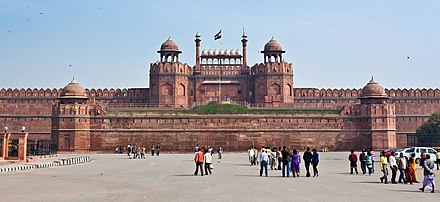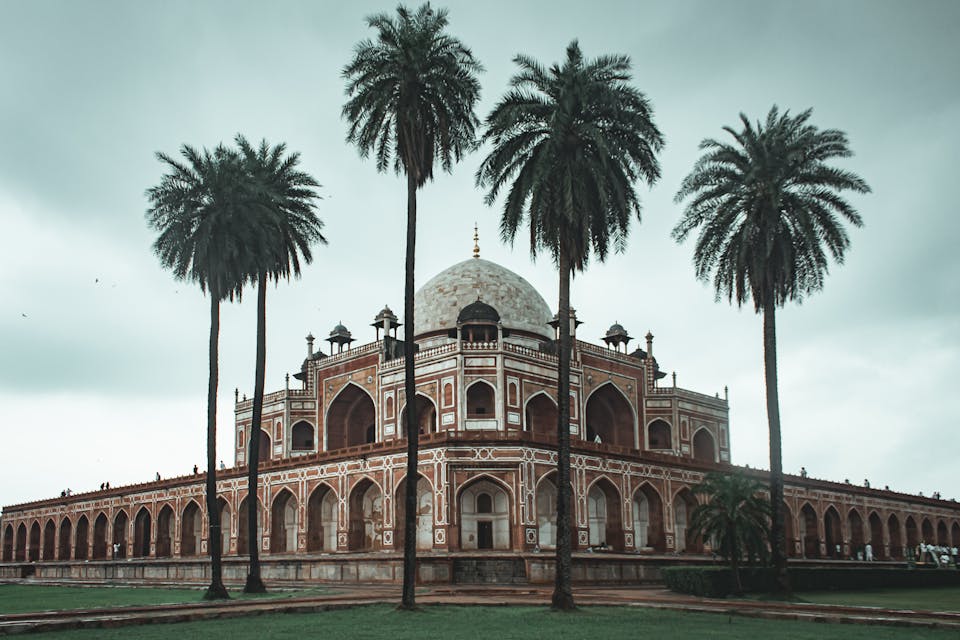Why Jama Masjid Is a Symbol of Delhi’s Heritage

Delhi, the heart of India, is a city that bridges two different worlds. The old and the new. From the labyrinthine streets of Old Delhi to the orderly avenues of New Delhi, the city embodies a past that is filled with alluring mysteries and magnificent monuments. Here are the top 10 must-see monuments that capture the essence of Delhi’s enduring legacy.
1. The Red Fort
The majestic Red Fort is not just a monument; it’s a symbol of India’s sovereignty, hosting the country’s Independence Day celebrations each year. Its red sandstone walls have witnessed centuries of history and stand as a testament to the grandeur of the Mughal Empire.

2. Qutub Minar
Standing tall at 73 meters, the Qutub Minar is an architectural marvel of ancient India. This UNESCO World Heritage Site is adorned with intricate carvings and Quranic inscriptions, offering a glimpse into the Islamic heritage of India.

3. Jama Masjid - A Symbol of Delhi’s Heritage
Jama Masjid, also known as the “Friday Mosque,” is a true gem of Delhi’s heritage. Built by the Mughal emperor Shah Jahan, the same visionary behind the Taj Mahal, this mosque is one of the largest and most revered in India. Its construction began in 1644 and took six years to complete.

Jama Masjid stands as a testament to the architectural brilliance of the Mughal era. Its grandeur is evident in its imposing red sandstone and marble structure, adorned with intricate carvings and calligraphy. The mosque’s courtyard can accommodate up to 25,000 worshippers, making it one of the largest congregational mosques in the world.
Visiting Jama Masjid is like stepping back in time. As you enter the mosque, you are greeted by the vast courtyard, surrounded by towering minarets and domes. The serenity and tranquility of the place are palpable, providing a peaceful escape from the bustling streets of Delhi.
Apart from its architectural magnificence, Jama Masjid holds great historical significance. It was built as a symbol of religious harmony, with its construction incorporating elements of both Hindu and Islamic architecture. The mosque’s central dome is flanked by two minarets, reminiscent of the design of Hindu temples.
Jama Masjid is not just a place of worship; it is a cultural hub. The mosque complex houses a number of relics, including a copy of the Quran written on deer skin. It also serves as a center for Islamic education and a venue for various cultural events and festivals.
When visiting Jama Masjid, it is important to respect the religious customs and dress modestly. Women are required to cover their heads, and both men and women should dress conservatively. It is advisable to remove your shoes before entering the mosque.
Jama Masjid is a must-visit for anyone interested in Delhi’s rich history and culture. Its architectural splendor, historical significance, and cultural importance make it a symbol of Delhi’s heritage. So, make sure to include Jama Masjid in your itinerary when exploring the wonders of Delhi.
🕌✨🇮🇳
References:
